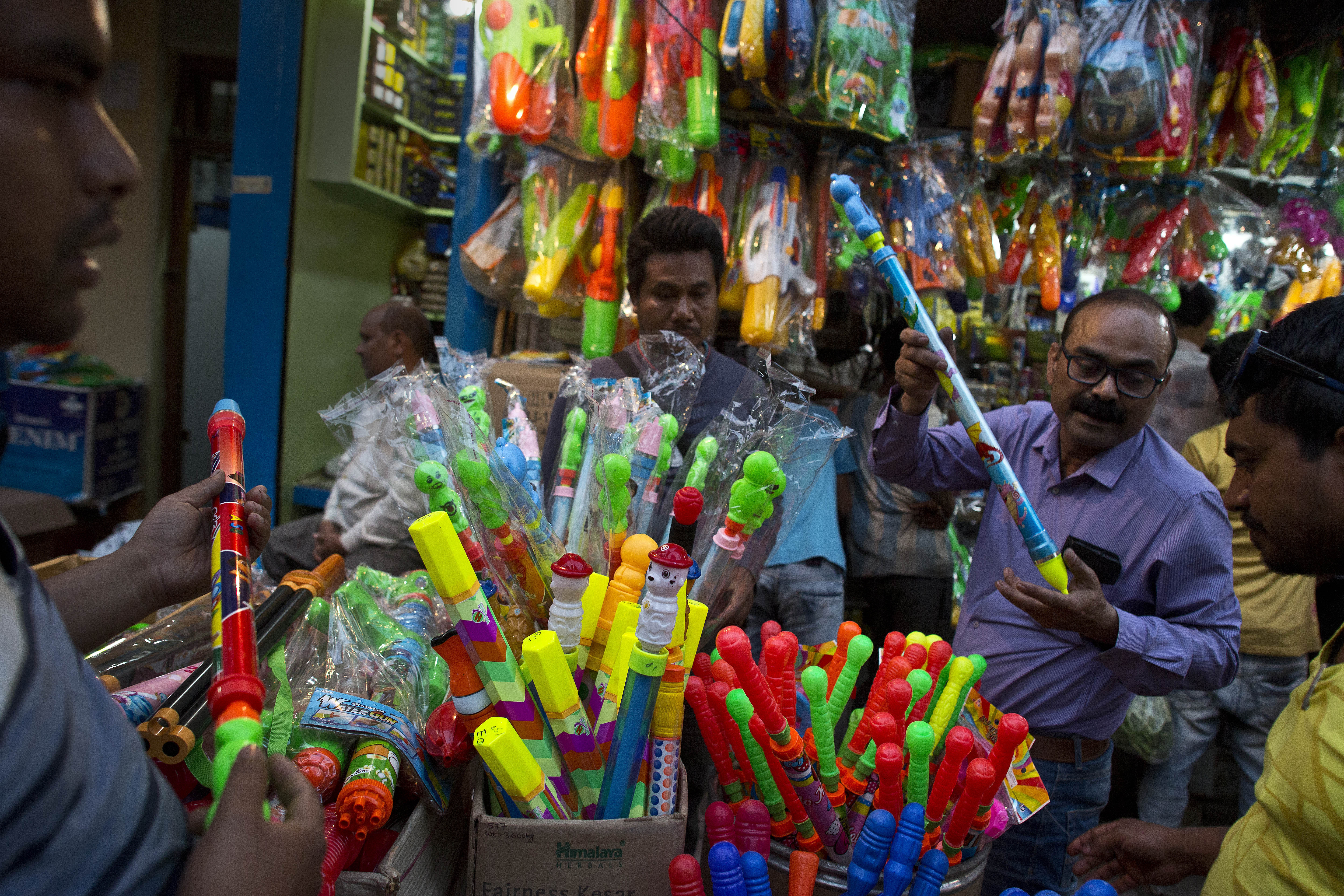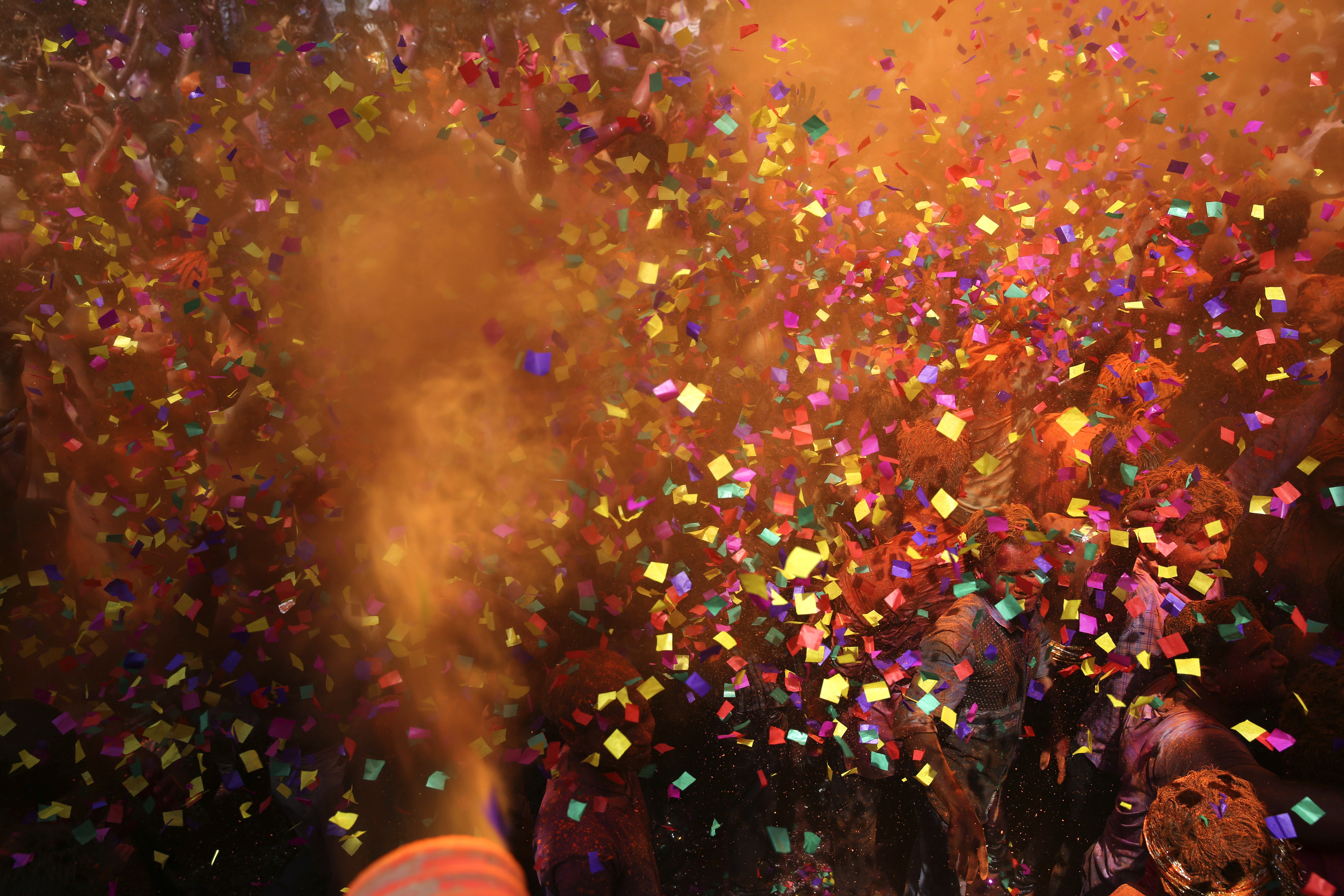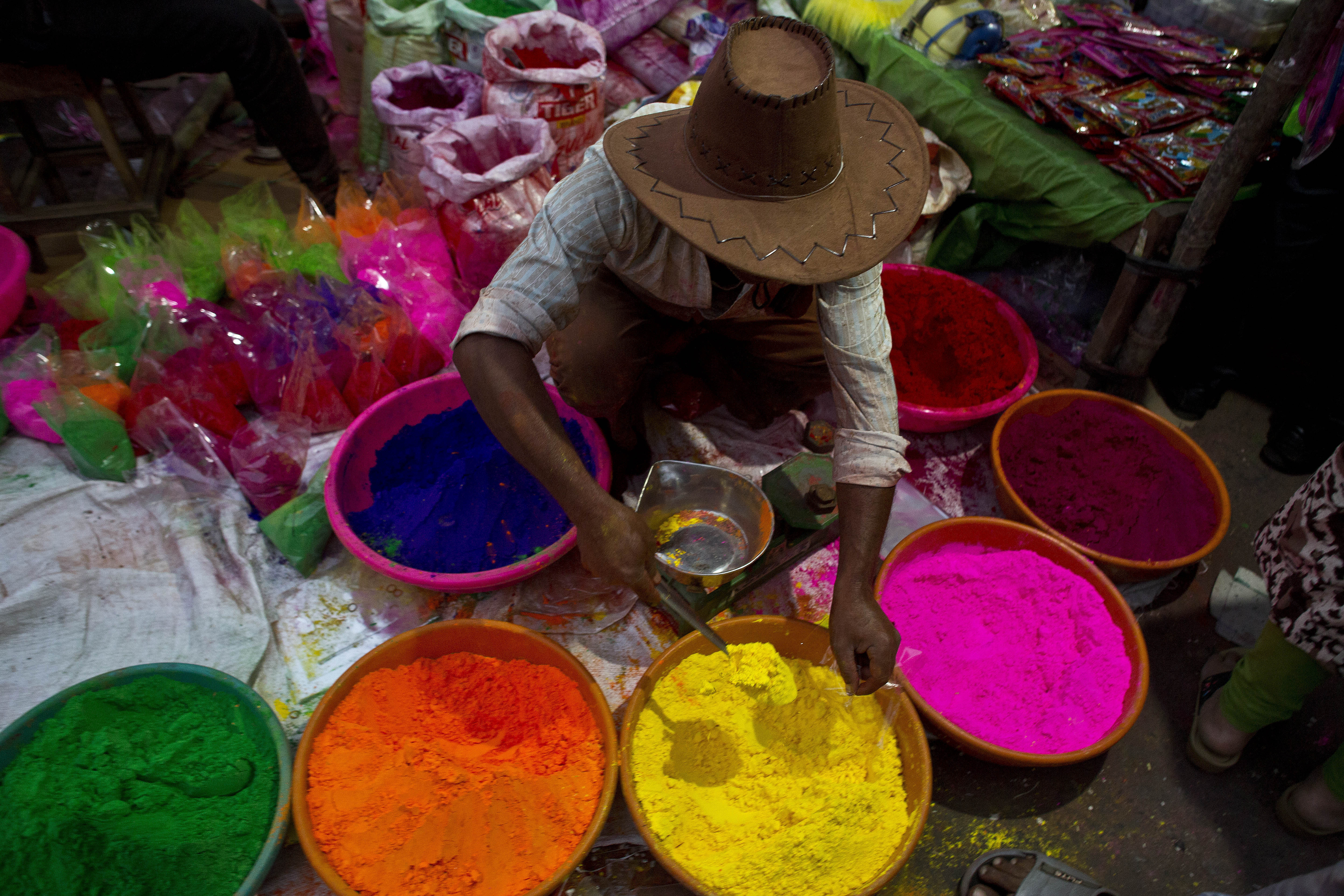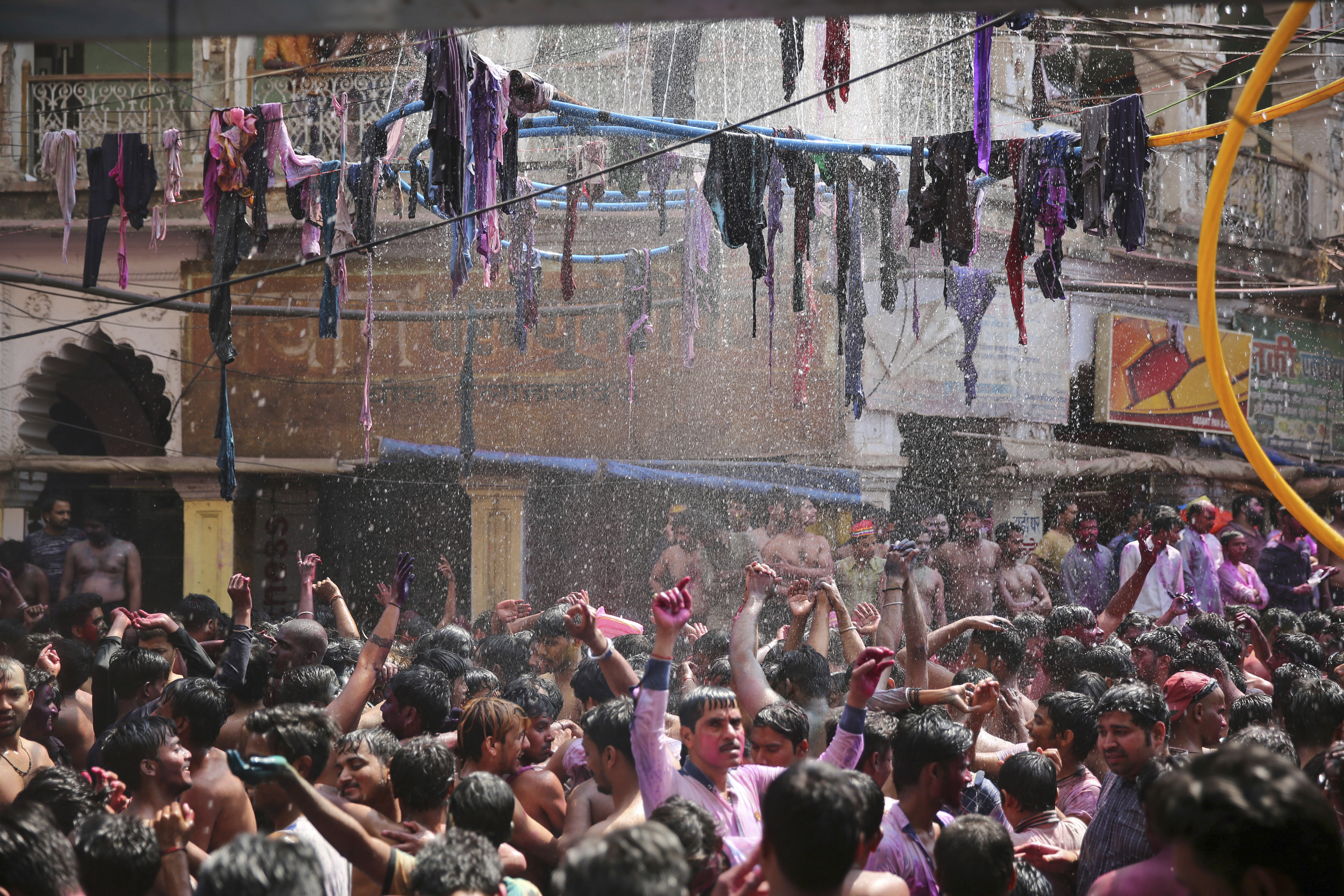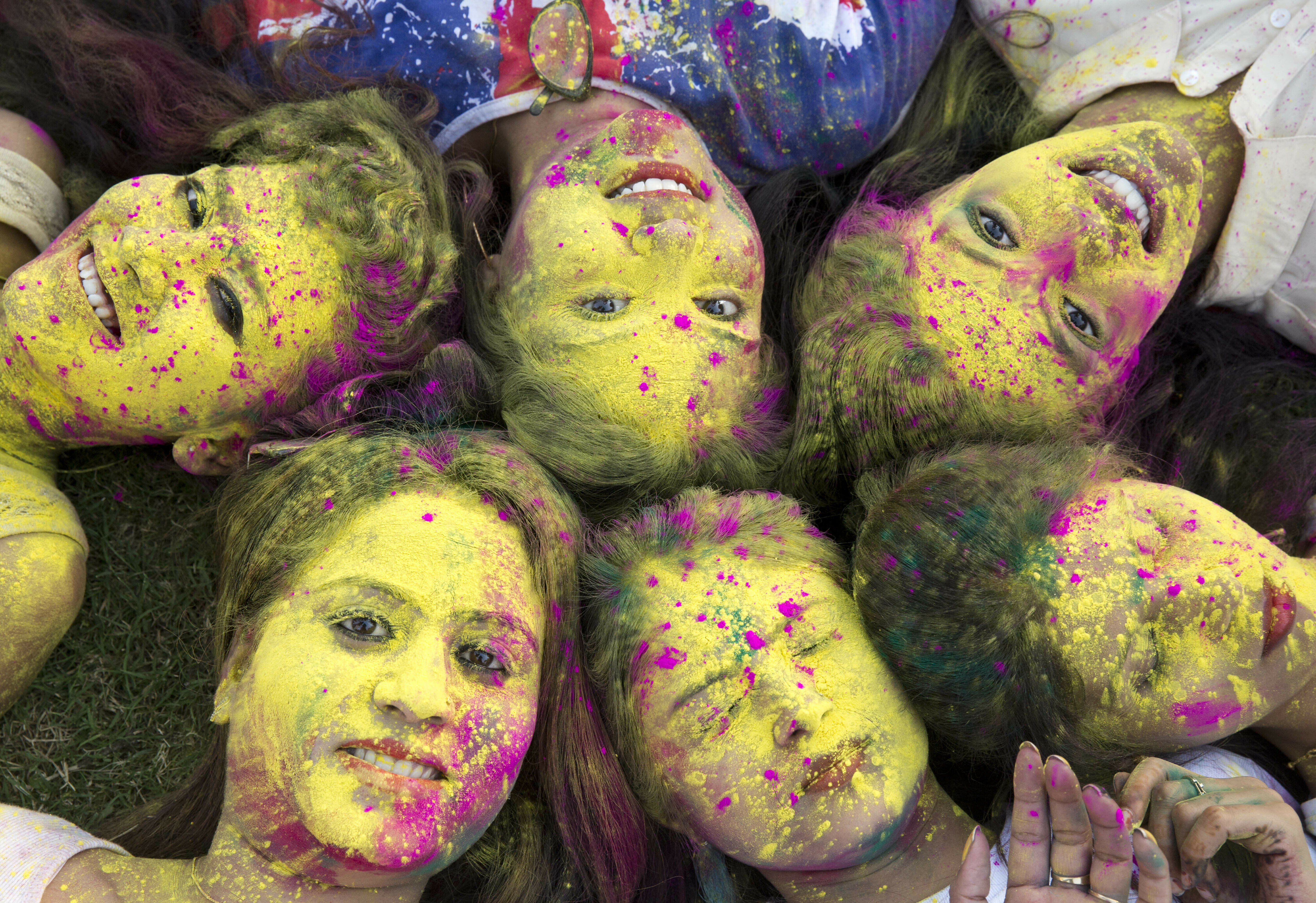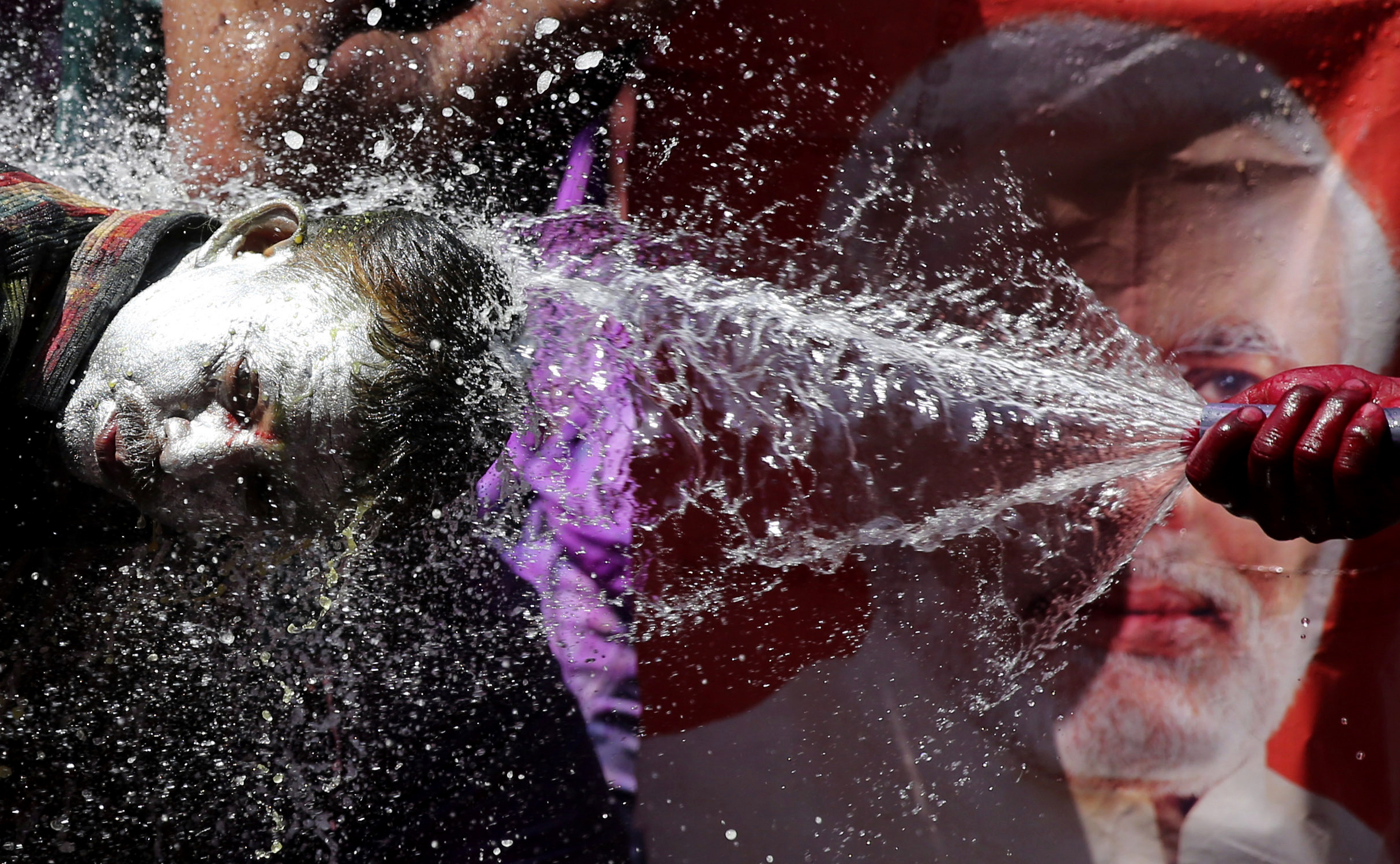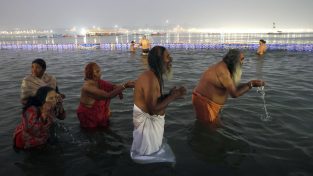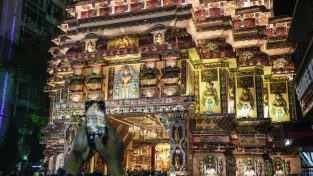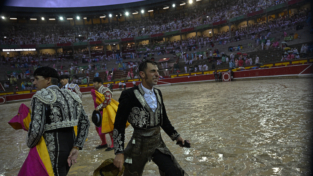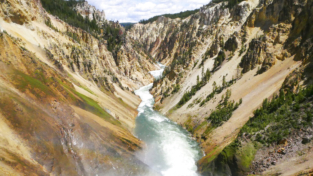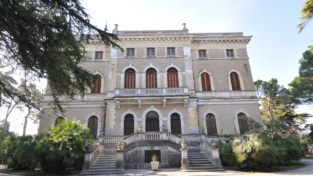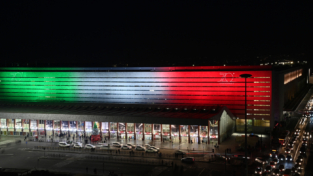La festa dei colori in India
Si tratta di un antico rituale induista per celebrare la vittoria del bene sul male, e si festeggia quindi all’arrivo della primavera. Secondo la tradizione, il re demone Hiranyakashipu per vendicare la morte del fratello minore causata da Vishnu si proclama unico dio (in seguito a anni di penitenze e preghiere e con aiuto divino). Hiranyakashipu decide di mandare a morte al rogo il suo stesso figlio Prahalad che era rimasto devoto a Vishnu, aiutato dalla sorella demoniaca Holika che si diceva essere immune al fuoco. Ma la fede di Prahalad lo salva, mentre Holika viene ridotta in cenere. Da qui la vittoria di Prahalad, simbolo del bene, sul male, incarnato da Holika. Per questo motivo vengono accesi una miriade di falò la notte precedente la celebrazione.
Il festival celebra anche l’amore tra Krishna (che per gli induisti è una reincarnazione del dio Vishnu) e Radhna. Si narra che Krishna avesse la pelle blu perché era stato avvelenato da un demone da bambino e temeva che Radhna non l’avrebbe amato per questo motivo. Quindi dipinse la faccia di Radhna con polveri colorate e divennero una coppia, da cui la tradizione di dipingere la faccia degli amati per celebrare il proprio sentimento. In pratica un misto tra il nostro carnevale e San Valentino. (foto Ap)
